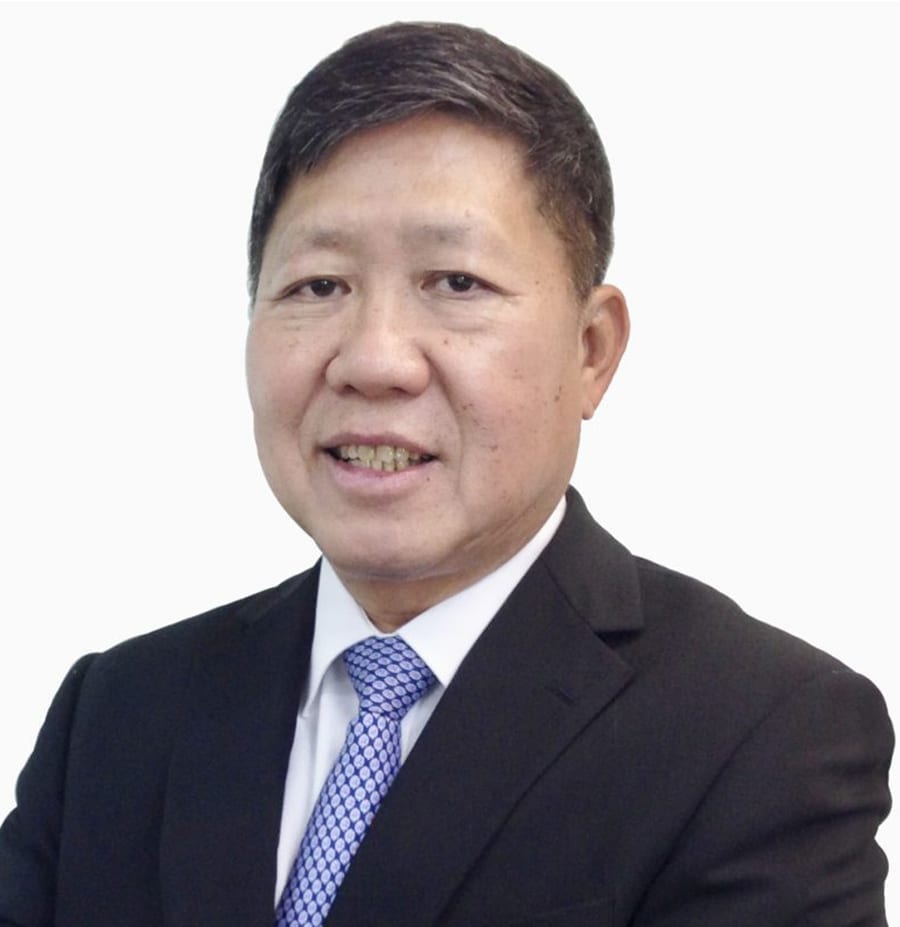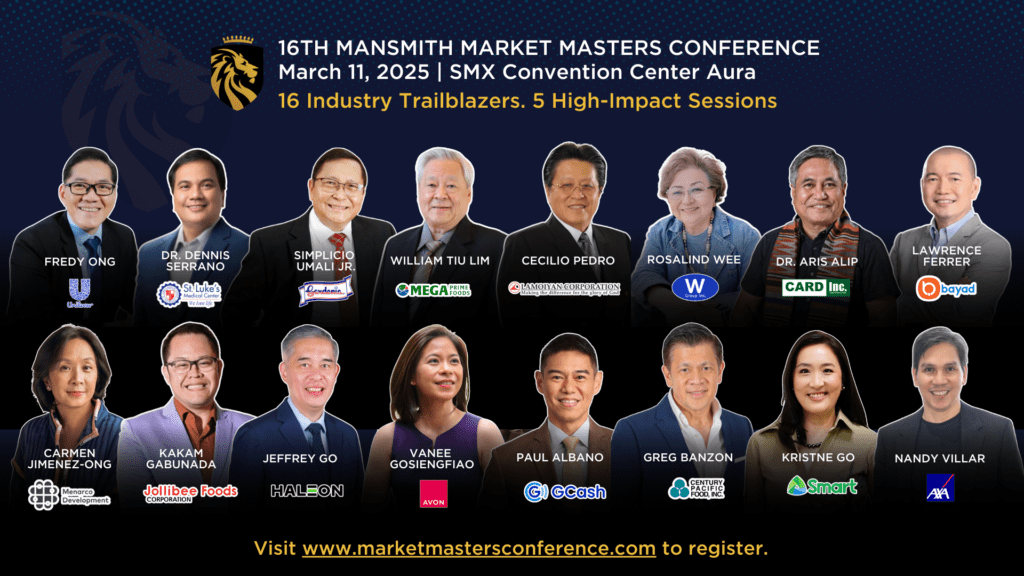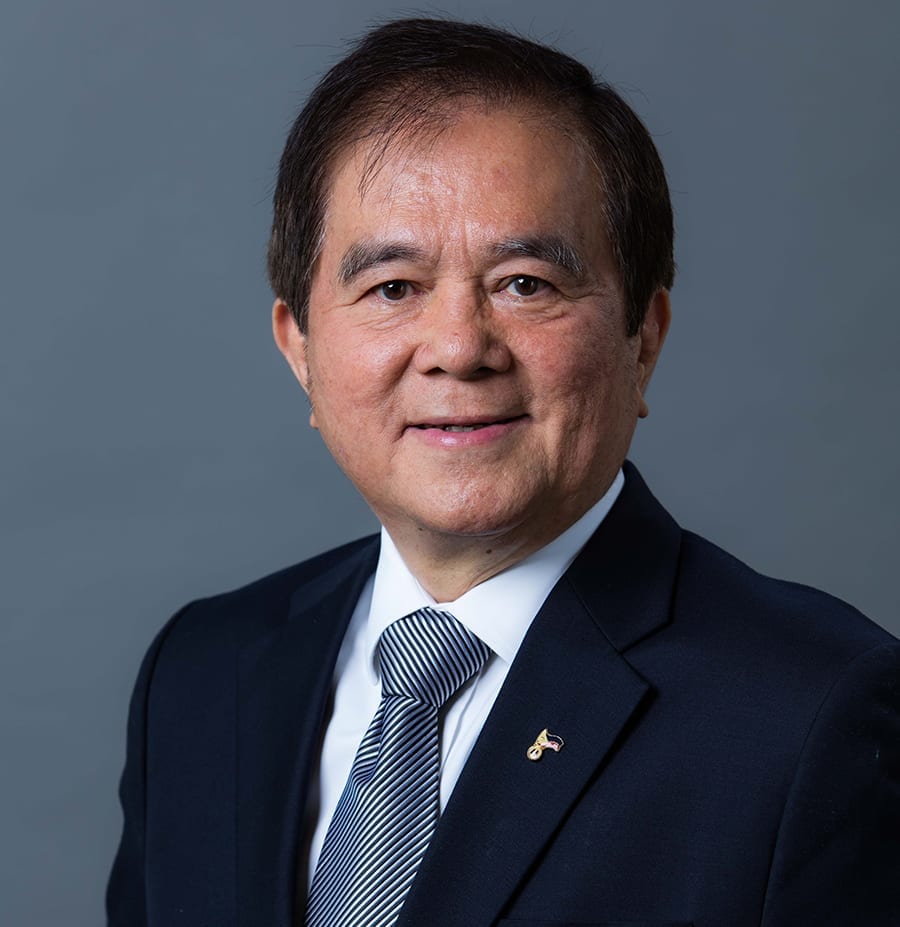
SteelAsia is the flagship steel company of the Philippines. Nearly one out of every two steel bars installed in construction are manufactured by SteelAsia, while about 80% of the rebar needs for infrastructure are supplied by SteelAsia. SteelAsia Chairman and CEO Benjamin Yao shares their vision in investing P100 billion on the initial of a three phase 5 year program to develop a robust Philippine steel industry.
Q1: Your company put up a small rebar facility in 1966 and has been supplying over two million tons a year. Rebar is in the lowest tier of the steel manufacturing and is a commodity. What’s your strategy shift behind your program?
A1: We describe our strategy as a natural evolution arising from growth. But to grow in the manner we did, the first thing that we have to do was to de-commoditize the rebar.
We began thinking in terms of productivity, efficiency, movement and handling, cleanliness and quality. This became a philosophy of sustainability based on technology and scale. We put this into action in 1996 with the Philippines’ first modern rebar mill which at 360,000 tons/year which was then the country’s largest.
Technology elevated quality, lowered costs and was environmentally-friendly, but it also became a platform for customer-centricity. Our customers create value by building better structures, and not by managing the rebar logistics. Rebar has 200+ stock keeping units used in many combinations depending on the structural design. Having technology that can change specifications quickly enabled us to produce J.I.T. They could order for immediate needs instead of managing stocks and double-handling rebars. This grew into other rebar solutions that would shift rebar management from the customers to us – the rebar company, as if they were outsourcing part of their operations to us, so they could focus on their real business.
Customer-centricity resulted in growth, and was another platform for our evolving strategy when development started spreading outside Metro Manila. It led us to another logistics solution – regionalization of rebar mills. To cut out high shipping cost for the customers, we put up local mills. Rather than ‘importing’ from Manila (e.g. Manila to Cebu shipping costs about the same as Russia to the Philippines), they simply picked up rebar from their local mill – and this became our one price policy. In a short time, we operated the only rebar mills of Cebu, Northern Mindanao and Davao (our latest and largest at 600,000 tons/year capacity). Our customers are happy because we passed on to them, the entire savings of shipping.
Regionalization is a platform for inclusive business because we have direct impact on communities where we are located. We have evolved into an inclusive business, working with communities to develop and hire from within, and grow local suppliers and service providers because they too have a long-term stake in our business.
Our rebar was once a commodity, but now we have embedded into the rebar, cost solutions, and business inclusivity.
Inevitably, as the industry leader with the wherewithal, it is upon us to expand vertically and diversify so that the Philippines will finally have its steel industry. The paradox is that the more we build the business, the less say we have in it. Our decisions now address our responsibility to our market and our country. Our strategic and even day-to-day actions are founded on the belief that the development of the Philippine steel industry is vital to the inclusive economic growth of our country, as it was with the leading economies and industrialized nations.
Q2: Were there any difficult hurdles in the growth of SteelAsia and the Philippine steel industry?
A2: Modernizing our company upset the industry status quo because it was a first and we were using state-of-the-art technology. It set difficult operating benchmarks and higher customer expectations and as would be expected, this didn’t sit well with the rest of the industry.
But then the 1997 Asian financial crisis hit, and SteelAsia had both the biggest capacity (in a shrunken market) and the biggest dollar debt – from our investment (at a time of rapid peso devaluation). These were tough years, and many of the stakeholders, including the shareholders, employees and financing banks made sacrifices. But we were firm that our customers would never be burdened by the difficulties we were experiencing during the crisis. The whole point of the investment was so that the customers would receive better value, better service and lower costs, and we continued to give them this. The banks restructured our debt payment schedule. They understood us and shared our view that the growth track of the Philippines was certain, with speed bumps and potholes every now and then on the road. Our customers, on the other hand, rewarded us with the market share, which filled the capacity of the mill, and this led to new expansions, and the paydown of our restructured debt. In 2005, we produced 260,000 tons of steel. This grew nine times to 2.3 million tons by 2016.
I suppose our financial woes during the crisis also affected the rest of the industry as none of the players were eager to invest in modernization and expansion. Nobody wanted to be in the position that we were in – it did take us 14 years to pay off our debt to the banks. Even as we expanded and further modernized, many were waiting to see if we would get into trouble again, but we didn’t. Many were afraid of another crisis but the reality for long term investments is that it’s never a smooth ride and there are always downturns – but temporary for a developing country like the Philippines. From a competitive standpoint, though our competitors know now it is the right thing to do, the gap between us today is very wide. This is part of the explanation why other than SteelAsia, you don’t see much investment in our industry despite the strong and growing demand for steel.
But the biggest hurdle to making investments is still the long process of approvals. First, there are so many government agencies that heavy industry investments need to seek approvals from and they have long and sequential processes, and it’s never sure until you hold the approval paper in hand. It is also difficult on the local government level. We’d hope for a decisive “yes” or “no” from an LGU but politicizing the investment is common and you can end up with a “maybe” which is the worst thing that can happen because you don’t know if you should push forward or move to another place. Davao City was a good example of being decisive. They had a lot of requirements, especially on environmental due diligence, but once all the requirements had cleared, it was approved on the very same day – no red tape. On the other hand, we’ve had an experience where we were left hanging by the LGU for 2 years, and eventually we gave up and implemented our plans in another place.
Q3: Most of the integrated steel mills in the U.S have gone bankrupt. The mini-mills have costs that are nearly 20% lower than the large integrated mills, which worked against their high-cost competitors, especially when prices are not manufacturer-friendly. China’s share of global steel output is about 50%. They have started to shift their growth model from infrastructures to high tech and services. How will these global factors affect Steel Asia?
A3: The Philippines is a case where the mini-mill or scrap recycling route is a viable way to integrate the steel industry.
• The Philippines exports over 1 million tons of steel scrap a year but has hardly any iron ore exports. Importing iron ore has its own economics and is subject to the global volatility.
• The Philippines is an archipelago of many islands. A mini-milluses the scrap generation of a small geographic radius or locale to make steel, and produces steel products for the same locale – a logistics solution that brings down costs.
• The country also imports a lot of billets and finished steel. It doesn’t make sense to export scrap. The profits are not preserved here, but exported and enjoyed by some other country. It is also a social ill, as the jobs could have been created in the Philippines, but instead our metal resources are creating jobs in other countries.
Our medium-term goal (by 2023) is to put up 3 million tons of steelmaking using scrap recycling technologies. SteelAsia has a 500,000 ton per/year mini-mill for our current 2 million ton needs. We are looking at 50% self-sufficiency in steelmaking, anticipating our finished steel capacity to quadruple by 2023.
China has a lot of steelmaking capacity using blast furnace technology (they recently closed down 200 million tons of induction furnace technology due to pollution). When China had an oversupply it threatened many steel industries globally. Today supply and demand has rebalanced and the situation is healthier. If global steel industries did close due to prolonged dumping from China then definitely, Chinese prices would skyrocket the other way. Today, the Philippines is seeing little importation of billet from China. The Philippines, as a country of significant population and economic size, should have a certain degree of self-sufficiency so we are not held hostage by supply and demand imbalances that affect price and availability. It puts our economic development plans on a more stable footing, and we simply must deal with unfair trade practice with trade measures. Philippine companies should not abdicate their duty in helping our country develop because of fear or the temptation of short term trading gains.
Q4: What other threats may happen in the future and how are you addressing them?
A4: China is there, but the solution to this is to build a more diverse, linked, and integrated industry. Our costs are competitive and among the best in the world due to the technology we install. In fact, because we are the last to develop, compared to other countries, and thus, our industry will have access to the latest generation technologies offered. By 2023, the Philippines will have the most modern steel industry in the world.
On the other hand, unfair trade should be addressed with trade measures. Within the country, there are still speed bumps in development of the steel industry. Because of the many agencies you have to deal with, and the sequential fashion you have to address these, it often takes twice as long to get the final approval to build than the actual building itself. The government has the solution to this and we are letting them know so that they can be more attuned to development of our industry.
Q5: Where is the SteelAsia heading now and how will impact the country?
A5: Our main growth strategy is through import substitution. Including beams, sheet piles, wire rods, billets and plates, the country imports over 8 million tons of steel a year and demand continues to grow. Except for billets, all of these products are 100% imported. Phase 1 of our 5-year development roadmap is a PhP 100 billion investment plan to install mills to produce these products. Substituting imports will result in dollar savings for our country of around USD 4 billion a year and preserve value here in the Philippines (instead of exporting raw material and importing finished goods).
These expansions will create over 60,000 new jobs (10,000 within the company and an estimated 50,000 in support industries). In SteelAsia mills, around 80% of the positions do not require college degrees, and would employ those otherwise difficult to employ (many of these eventually contribute to social problems). We can do this because many positions such as machine or crane or forklift operators require skills that can easily be provided by our own training. Especially when we put up regional mills, the local workforce (we hire from within the community) would typically not have any experience in heavy industry and much less in steel, so we do invest in training within the community and it pays us back with a strong intact workforce that preserves organizational learning. Of course, we also need engineers and specialist technicians, but there is no shortage of this as well. Besides, there are many young engineers joining the workforce every year (whom we also develop, including training programs in Europe) and there are also many OFWs working in steel mills abroad who are only waiting for opportunities back home to use the skills and knowledge they have gained. In fact, all of our plant heads, and many department heads in our mills are ex-OFWs who saw the opportunity to come home because of our expansions. We will continue to do this.
Furthermore local availability of these steel products will lower the cost of construction and link to downstream sectors (especially SMEs) and help manufacturing resurgence. Wire rods, for example, are the input material for manufacturing springs, cables, screws and nails, mesh, welding rods, and everyday items such as paper clips, staple wire, bicycles, umbrellas and so many more. We import most of these. Imagine if we had local industries producing these, and the jobs and wealth it will create in a more inclusive manner.
It is still a tough road ahead. The steel industry has always been tough. But there are so many benefits for our country, and this is why we are taking this challenge on.
****
Josiah Go is the Conference Chair of the 16th Mansmith Market Masters Conference happening on March 11, 2025 at SMX, SM Aura BGC. Click here to learn more: www.marketmastersconference.com



